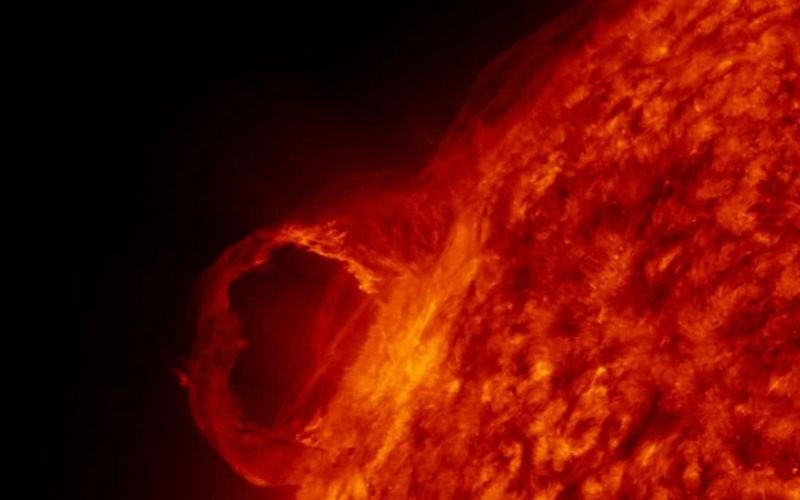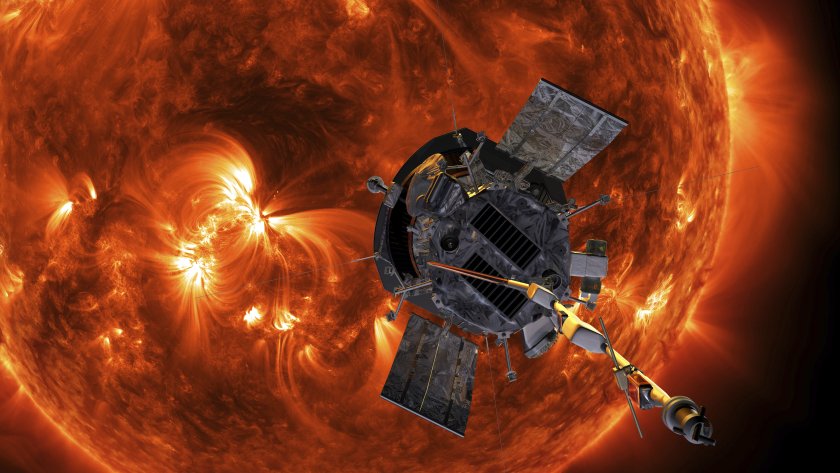The observatory in Panagyurishte reported strong disturbances in the Earth's magnetic field, the BAS said

An extremely strong geomagnetic storm was recorded in the early hours of the day at the Geomagnetic Observatory in Panagyurishte, part of the National Institute of Geophysics, Geodesy and Geography at the Bulgarian Academy of Sciences (BAS), Associate Professor Petya Trifonova, a geophysicist at the institute, told BTA.

“During the night, the territory of Bulgaria experienced a geomagnetic storm of the highest class, the result of a barrage of solar flares over the past three days,” Dr Trifonova explained.
On 9, 10 and 11 November, three consecutive X-class solar flares erupted from an active region of the Sun that was directly facing Earth, making the event “geo-effective.” “It was clear from the start,” Trifonova said, “that the stream of plasma released from the Sun would inevitably hit the Earth. Depending on its density and speed, part of that plasma can penetrate Earth’s magnetosphere.”
“When the Sun emits a burst of charged particles – protons and electrons – they collide with Earth’s magnetic shield. Some enter the upper atmosphere, creating disturbances known as a geomagnetic storm,” she added.
This interaction reached Bulgaria’s territory during the night. “The disturbances were of the highest possible intensity, reaching a K-index of 9, which is the maximum value. That’s why we are observing an extreme geomagnetic storm of the top category,” said Dr Trifonova.
She noted that, following three consecutive days of solar flares, the storm could continue later this evening or into tomorrow. Asked whether this is the strongest storm of the year, she confirmed: “A K-index of 9 has been recorded for the first time this year.” The last such event occurred in May 2024, when auroras were observed across parts of Europe, she recalled.
Geomagnetic storms, she explained, can affect sensitive individuals, causing headaches, palpitations, arrhythmia, anxiety, and sleep disturbances.

Among technologies, the most vulnerable are satellites, which may experience communication interruptions, control issues, or orbital decay due to increased atmospheric density. Telecommunications systems can also be disrupted, and if storms persist, power grids, transmission lines and transformers may be affected, Dr Trifonova warned.
The strength of geomagnetic storms is measured by the K-index, which ranges from 0 to 9. Values between 0 and 3 indicate calm geomagnetic conditions (green), 4 signals disturbance (yellow), and 5 or higher means a geomagnetic storm is under way (red).
Source: BTA
 Защитният купол на АЕЦ "Чернобил" е повреден, МААЕ - място за паника няма
Защитният купол на АЕЦ "Чернобил" е повреден, МААЕ - място за паника няма
 "Българската Коледа": Как даренията променят живота на 2-годишния Матей?
"Българската Коледа": Как даренията променят живота на 2-годишния Матей?